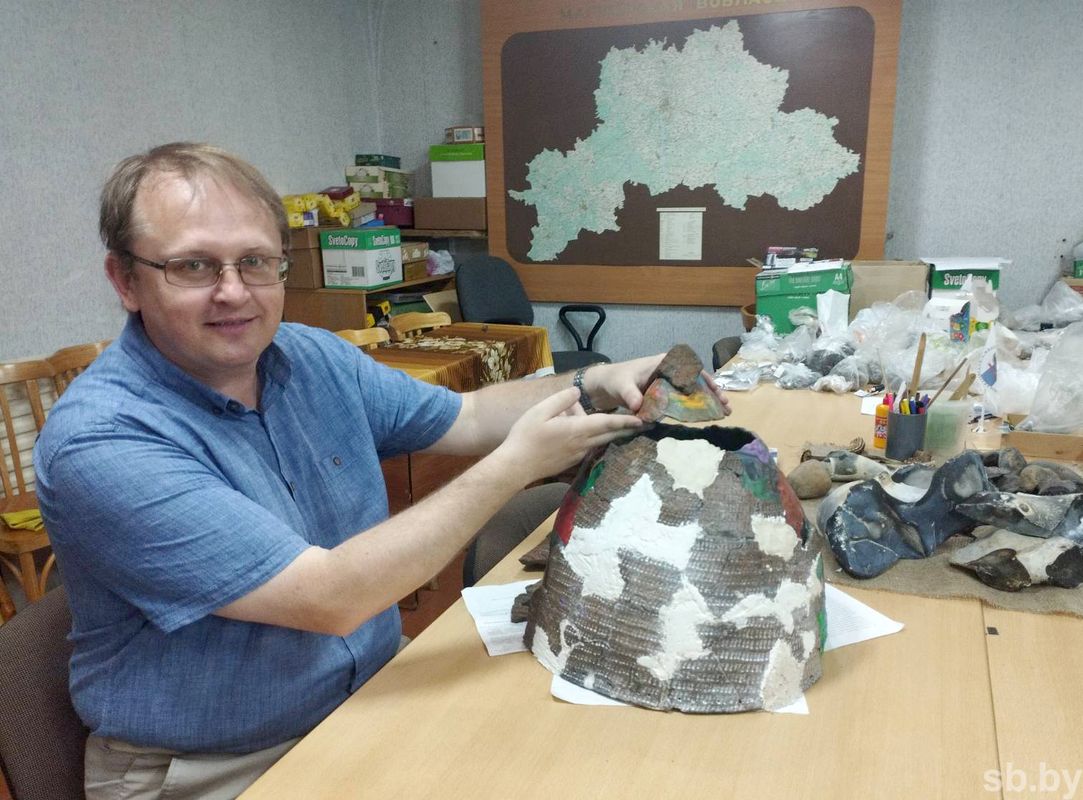
Mogilev archaeologists managed to restore the shape of a rare vessel made of clay from the primitive era.
During an archaeological expedition in the Slavgorod region, Mogilev archaeologists discovered valuable fragments of Stone Age ceramics. The finds were received by the Center for Prehistoric Archeology of Moscow State University named after A.A. Kuleshova. It soon became clear that the collected fragments of ancient pottery belonged to one of the vessels, the shape of which could be restored. Considering the rarity of such a phenomenon and the fact that until now ideas about the work of primitive potters were built exclusively on scattered fragments, the importance of the discovery was obvious. Quite painstaking and lengthy work began on the reconstruction of the ancient vessel. Students of the Faculty of History and Philology, under the guidance of the head of the Center, Candidate of Historical Sciences A.V. Kolosov, had to put together a complex “puzzle” from fragile fragments of ceramics step by step, literally, bit by bit, in order to finally understand what ancient dishes looked like made of clay, left by our ancestors several thousand years ago.
Alexander Kolosov carefully picks up an exhibit from the Neolithic era and begins to captivatingly talk about it:
— The pot we reconstructed from the Slavgorod site has a pointed bottom shape. Its diameter at the rim (upper part) is almost half a meter, and its height from the bottom is more than 40 cm. To make the vessel, primitive people used clay with the addition of sand and plant remains (their imprints were preserved after firing). The outside of the pot is decorated with a simple ornament - pins made from short and wide impressions of a jagged stamp. Under the rim, along the entire circumference of the pot, there is another series of rounded pits. Inside, on the walls of the vessel, numerous and chaotic scratches from a toothed stamp are preserved, with the help of which the joints of clay ribbons laid on top of each other during the sculpting of the pot were aligned. On one of the fragments of the vessel there is an imprint of a grain of some plant. If we manage to find out its origin and species, then there will be a chance to speak more specifically about the economic strategies of the population in the Stone Age.